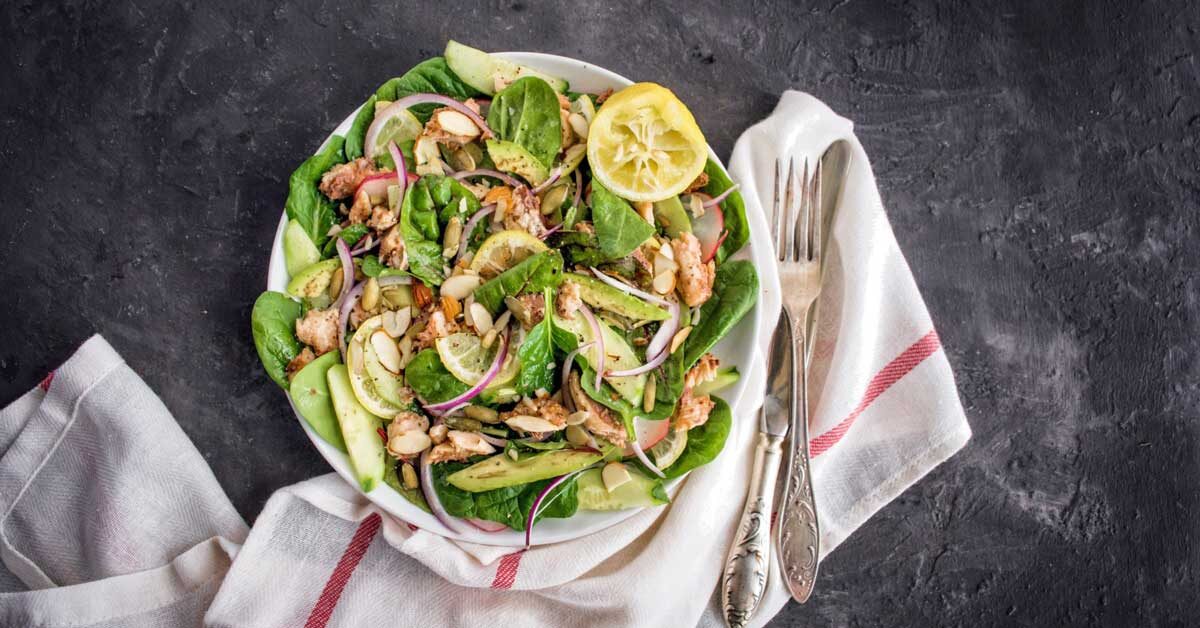
A variety of factors influence the average daily calorie intake of adults, such as body weight and physical activity. The calories required by active people and pregnant women are higher than for those who are sedentary. Adults should consume between 2,000-3,000 calories per day. People who are sedentary should aim to consume at least 1,600 calories.
Average daily caloric intake per person in the U.S.
According to the USDA, the average daily calorie intake per person in the U.S. is about 3,641 kilocalories. However, each individual's calorie requirements may vary depending on their activity level and size. A USDA study from 2010 showed that women consumed an average 1,785 calories per daily, while men consumed an average 2,640 calories. USDA reports that most survey respondents underestimate their daily calorie intake. But, studies that have been well controlled have shown that the actual calorie intake can be much higher than reported.
The amount of food consumed every day is one factor that can affect a person's caloric intake. People consume more food than they need. There are some foods that provide more calories than others. A high amount of calories are found in processed foods. Many people don’t get enough fiber and complex sugars in their daily food.

Recommendations for daily caloric intake of children and adolescents
Calories are an important part of a healthy diet for kids. Although it is impossible to predict an individual's caloric intake, there are guidelines that will help young children. Children between the ages six and twelve have to consume between 1,600 - 2,200 calories daily, depending on their activities. Girls need more calories than boys this age. Teenagers, on the other hand, need between 2,500 and 3,000 calories daily depending on their level of activity.
Food calories vary, so it is important to understand the nutritional content of different food types. Carbohydrates, for instance, provide four calories per gram, while fats and proteins provide nine calories per gram. However, it is best to get calories from nutrient-dense sources, such as fruits, vegetables, and whole grains. These food types are also low-fat and provide more vitamins, minerals and fiber than other sources.
Recommendations for women aged 50 and over regarding caloric intake
Caloric requirements for women aged 50 and over vary depending on weight, age, and activity level. A woman of this age should eat between 1,600 and 2,200 calories per day. If a woman is active and sedentary, this range will be greater. However, it is important to note that women over 50 still require higher amounts of certain nutrients.
The National Institute on Aging recommends that all women eat a variety to meet their nutritional needs and keep their metabolism high. This will help prevent weight gain. Calcium and vitamin D are also important nutrients for women. They will have strong bones and lower the risk of developing fractures. Calcium should be taken as a multivitamin supplement, or in foods that contain it.

Calculating the calorie intake of active women
For women who are active, it is vital to determine how many calories they need in order for them to be healthy. The calorie requirements for women differ based on their age, height, activity level, and other factors. For example, a 130-pound woman would need between 1,800 and 2,200 calories daily to maintain her current weight. However, women with larger bodies need more calories, as well as active women who engage vigorously in exercise.
Consider how many minutes a woman spends running to determine her calorie requirements. A 45-minute jog can burn up to 450 calories. The same goes for women who exercise at a moderate pace for up to 558 calories. An active woman should consume 18 calories for every pound of her body weight. For example, a 130-pound woman might need 2,340 calories per day. To maintain her current weight, an obese woman of 140 lbs would need 2,520 calories daily.
FAQ
Why exercise is so important to your weight loss goals
The human body can be described as an amazing machine. It was made to move. Whether we are walking, running, swimming, biking, lifting weights, playing sports, dancing, jumping rope, riding our bikes, or just standing still, moving our bodies helps us stay healthy.
Exercise helps to burn calories and improve muscle tone. This makes you feel better physically and mentally. Exercise is an important part of weight loss.
-
Exercise improves metabolism. Your body uses energy when you are active. Every time you move, your heart beats faster, blood flows to your muscles, and your lungs absorb oxygen. All of these activities are energy-intensive. Your metabolic rate increases, which means you'll burn more calories while exercising. The amount of energy that your body burns during exercise is called the "burning calories".
-
Exercise reduces appetite. If you eat less while you are working out, you will naturally eat fewer calories throughout the day.
-
Exercise increases strength. Muscle tissue requires more energy to function than fat tissue. Therefore, if you build lean muscles mass, you will not need as much food to maintain your current weight.
-
Endorphins are released when you exercise. Endorphins can make you happy. They are released when you exercise. Endorphins block pain signals from reaching the brain, according to studies. This results in a feeling of wellbeing.
-
Exercise can boost self-esteem. Exercise is a great way to boost self-esteem. This leads to healthier lives.
Small changes are the best way to lose weight. Try adding one of these tips to your routine today.
How can busy people lose weight
It is best to eat less and exercise more to lose weight.
You'll gain weight if you eat too many calories. You will also gain weight if your exercise is not enough. Combining these two simple habits will help you lose weight.
Are cardio exercises a good way to lose weight quickly?
Cardio exercises are great to burn calories but they won't necessarily help with weight loss. It all depends on how much weight you have and what type of exercise you do.
Cardio exercises may not be sufficient to lose weight if you are overweight.
You should combine them with dieting or other types exercise.
Cardio exercises, such as running or jogging, can help you lose weight quickly. These exercises burn calories more than any other type.
You must train resistance if your goal is to gain muscle instead of losing weight. Resistance training involves using free weights, machines, bands, elastic bands, etc.
Combining cardio exercise with resistance training is a great way to lose weight quickly.
A combination of cardio and resistance training will help you lose weight quickly.
Is it possible to eat fruits while intermittent fasting?
Fruits are great for your health. They are full of vitamins, minerals as well as fiber, antioxidants and other nutrients. They also contain sugar, which can lead to blood glucose levels rising. This can lead insulin resistance and weight increase. If you are looking to lose weight through an IF diet you need to choose low glycemic-index fruits such as oranges, pears, berries and melons.
What can I drink during intermittent fasting in the morning?
Drink water before you go to bed at night. It helps you feel full faster and gives you energy throughout the day. To add some flavor, you can add lemon juice to the mix or cucumber slices.
What Can You Lose in One Week?
Your current bodyfat percentage determines the amount of weight you will be able to lose. The first thing to do is to calculate how much weight you want to lose and then find out what your BMI (Body Mass Index) is. Your BMI is a measure of how much weight you need to lose. If your BMI is 25 or greater, you're overweight. If your BMI exceeds 30, you may be obese.
For example, if 200 pounds is your BMI, it would be 28.7. To reach a healthy weight, you would need to lose 70 pounds. To see if you're overweight, visit www.healthyminds.com/bmi/.
Once you know your BMI, you can use this formula to figure out how many pounds you'll lose per week:
(Your Goal Weight - Current Weight)/BMI * 7 Number Of Pounds Lost Per Week
You would need to do 2 weeks of exercise to lose 50 lbs in one month. This is equal to 56 days. Divide that by 7 pounds per week. This works out to 8.3 lbs per week.
You could also try this calculator from www.weightlosscalculator.net. It will provide an approximate amount of calories that you would need daily to lose one pound per month.
Statistics
- One study in 9 active men found that HIIT burned 25–30% more calories per minute than other types of exercises, including weight training, cycling, and running on a treadmill (18Trusted Source (healthline.com)
- One 6-month study showed that simply doing 11 minutes of strength-based exercises 3 times per week resulted in a 7.4% increase in metabolic rate, on average. (healthline.com)
- According to a study sponsored by the American Council on Exercise, a person weighing around 140 pounds (64 kg) would burn 108 calories at a 30-minute beginner's Pilates class or 168 calories at an advanced class of the same duration (26). (healthline.com)
- It's estimated that half of all American adults attempt to lose weight every year (1Trusted (healthline.com)
External Links
How To
How to do Intermittent Fasting (IF)
Intermittent Fasting is a method of dieting where you only eat one meal per week, typically Monday through Friday. This diet aims to lower your overall calorie intake, while still ensuring you get enough nutrition. This is believed to help you burn more fat than if your meals were regular throughout the week.
The most common type of IF is to restrict calories on specific days of the week. This means that you would skip breakfast every morning and then consume whatever food you want during the rest of the day. You could choose to eat three small meals per day rather than two big ones.
Many forms of intermittent fasting are available, such as alternate day fasting (5/2 fasts), 8/4 fasts and 16/8 fasts. Each form of intermittent fasting comes with its own pros and cons. Because you don't need to make major lifestyle changes, alternate day fasting can be the easiest way to get started. However, for some people it can be difficult to follow a strict diet, so they may prefer to explore other options.
If you're looking to start an intermittent fasting routine, I recommend starting with alternate-day fasting. This will allow for gradual transition to more extreme fasting without having to change your lifestyle.